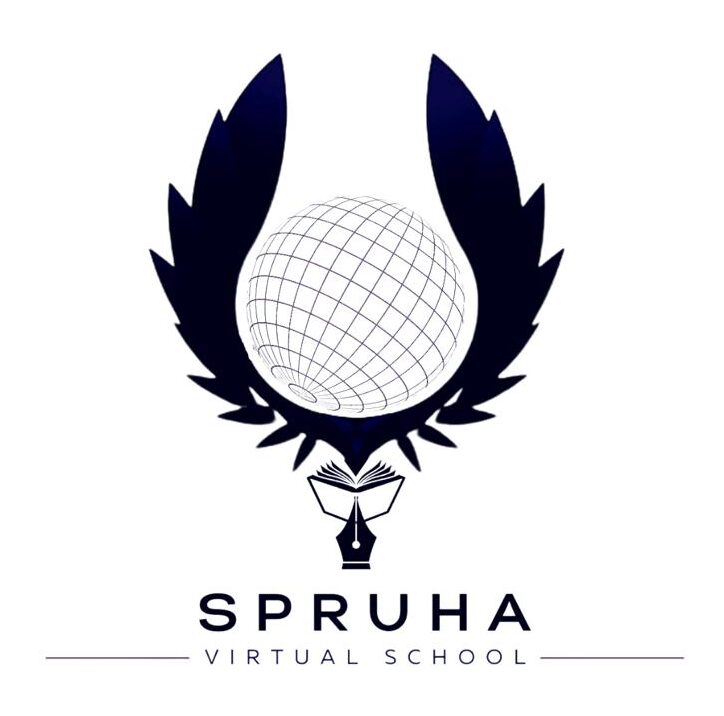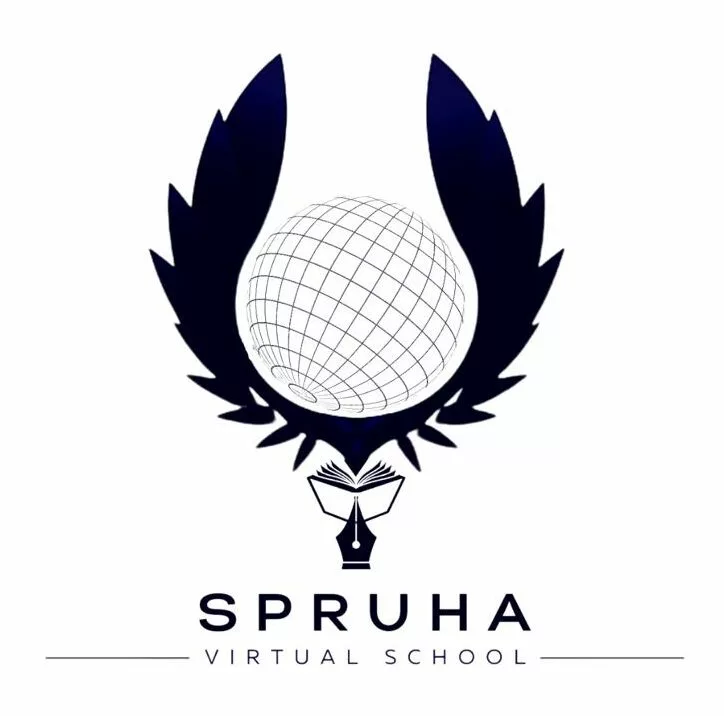Technology has become an integral part of modern education, including homeschooling. This research paper aims to explore theoretical frameworks and tools that can enhance homeschooling practices, focusing on how technology can support personalized learning, collaboration, and creativity. By examining theories from education technology, psychology, sociology, communication, and information technology, this paper seeks to provide a comprehensive understanding of the role of technology in homeschooling and its potential impact on student outcomes.

Theoretical Frameworks
Education Technology
Education technology, or EdTech, theories emphasize the importance of using technology to enhance the teaching and learning process. For example, the SAMR model (Substitution, Augmentation, Modification, Redefinition) categorizes technology use into four levels, from basic substitution of traditional tools to redefining tasks in entirely new ways. Research by Schleicher (2019) shows that technology can improve student outcomes when used effectively, such as in personalized learning environments where students have more control over their learning pace and path.
Psychology
Psychological theories in education technology focus on how students learn and how technology can influence their learning outcomes. For example, the ARCS model (Attention, Relevance, Confidence, Satisfaction) emphasizes the importance of these factors in motivating students. Research by Hattie (2009) suggests that technology can enhance learning when it is used to provide timely and specific feedback to students, which can improve their self-efficacy and motivation.
Sociology
Sociological theories in education technology consider the impact of social factors on homeschooling practices. For example, the Community of Inquiry framework emphasizes the importance of social presence, cognitive presence, and teaching presence in online learning environments. Research by Rovai and Lucking (2003) suggests that a strong sense of community among homeschooling families can enhance the learning experience and lead to better academic outcomes.
Communication
Communication theories in education technology focus on how technology can facilitate effective communication and collaboration among students, parents, and educators. For example, the Transactional Distance Theory highlights the importance of dialogue in online learning environments. Research by Moore (1993) suggests that effective communication between students and teachers is crucial for creating a positive online learning experience.
Information Technology
Information technology theories in education emphasize the role of technology in accessing, analyzing, and applying information. For example, the Information Processing Theory describes how students process information from their environment and construct knowledge. Research by Sweller (1994) suggests that technology can help students manage and organize information more effectively, leading to improved learning outcomes.
Pedagogy
Pedagogical theories in education technology focus on how technology can be integrated into instructional practices to enhance student learning. For example, the Constructivist Theory emphasizes the importance of active learning and student-centered approaches. Research by Jonassen (1999) suggests that technology can support constructivist approaches by providing students with tools to create, explore, and collaborate on meaningful projects.

Practical Applications
1. Personalized Learning Platforms
Utilize adaptive learning platforms that adjust content and pace based on individual student performance. The use of personalized learning platforms is supported by the Zone of Proximal Development (ZPD) theory by Vygotsky (1978), which suggests that learning is most effective when it is tailored to a student’s current level of understanding.
2. Interactive Educational Apps
Incorporate educational apps that provide interactive and engaging learning experiences. The use of educational apps is supported by the Cognitive Load Theory by Sweller (1988), which suggests that learning is more effective when information is presented in a way that reduces cognitive load.
3. Virtual Reality Simulations
Integrate virtual reality (VR) simulations that allow students to explore concepts in a virtual environment. The use of VR simulations is supported by the Dual Coding Theory by Paivio (1971), which suggests that learning is enhanced when information is presented in both verbal and visual formats.
4. Video Conferencing Tools
Use video conferencing tools to facilitate virtual classroom sessions and collaboration with other homeschooling families. The use of video conferencing tools is supported by the Social Learning Theory by Bandura (1977), which suggests that learning occurs through observation and imitation of others.
5. Online Forums and Social Media Groups
Create online forums and social media groups where homeschooling families can connect, share resources, and collaborate on projects. The use of online forums and social media groups is supported by the Community of Inquiry framework by Garrison et al. (2000), which emphasizes the importance of social presence, cognitive presence, and teaching presence in online learning environments.
6. Digital Portfolio Platforms
Use digital portfolio platforms to showcase student work and track progress over time. The use of digital portfolio platforms is supported by the Constructivist Theory by Piaget (1970), which suggests that learning is an active process of constructing knowledge through hands-on experiences.
7. Educational Games
Incorporate educational games that help reinforce concepts and skills in a fun and interactive way. The use of educational games is supported by the Experiential Learning Theory by Kolb (1984), which suggests that learning is most effective when it is based on concrete experiences.
8. Online Libraries and Research Databases
Provide access to online libraries and research databases to support independent research and learning. The use of online libraries and research databases is supported by the Information Processing Theory by Atkinson and Shiffrin (1968), which suggests that learning involves the processing of information from the environment.
9. Collaborative Document Editing Tools
Use collaborative document editing tools that allow students to work together on projects in real-time. The use of collaborative document editing tools is supported by the Social Development Theory by Vygotsky (1978), which suggests that learning is facilitated through social interaction.
10. Digital Assessment Tools
Utilize digital assessment tools that provide immediate feedback to students and parents. The use of digital assessment tools is supported by the Feedback Theory by Hattie and Timperley (2007), which suggests that feedback is most effective when it is timely, specific, and actionable.
Conclusion
Technology has the potential to transform homeschooling practices by providing educators with innovative tools and resources to enhance student learning and engagement.
By integrating theoretical frameworks from education technology, psychology, sociology, communication, and information technology, educators can leverage technology to personalize instruction, facilitate collaboration, and promote creativity in homeschooling settings.
As technology continues to evolve, educators and parents need to stay informed about the latest tools and resources available to support homeschooling efforts and ensure positive learning outcomes for students.
FAQs
Technology plays a significant role in homeschooling by providing access to educational resources, facilitating communication and collaboration, and enhancing the learning experience through interactive tools and platforms.
Technology can enhance personalized learning in homeschooling by providing adaptive learning platforms that cater to individual student needs and preferences, allowing students to learn at their own pace and in their own style.
Examples of technology tools used in homeschooling include educational apps, online learning platforms, virtual reality simulations, and video conferencing tools.
Technology can support collaboration among homeschooling families by providing online forums, social media groups, and video conferencing tools that allow families to connect, share resources, and collaborate on projects.
The benefits of using technology in homeschooling include access to a wide range of educational resources, enhanced engagement and motivation, opportunities for personalized learning, and improved communication and collaboration.
Some challenges associated with using technology in homeschooling include the need for reliable internet access, concerns about screen time and digital distractions, and the learning curve associated with using new technologies.
Parents can ensure that technology is used effectively in homeschooling by setting clear goals and expectations, monitoring and limiting screen time, and providing guidance and support as needed.
Parents play a crucial role in integrating technology into homeschooling by selecting appropriate tools and resources, monitoring their children’s use of technology, and providing guidance and support as needed.
Technology can help homeschooling students stay connected with peers by providing online forums, social media groups, and virtual classrooms where they can interact, collaborate, and build relationships.
There are many resources available to help homeschooling parents integrate technology into their curriculum, including online tutorials, educational websites, and forums where parents can share tips and ideas.

